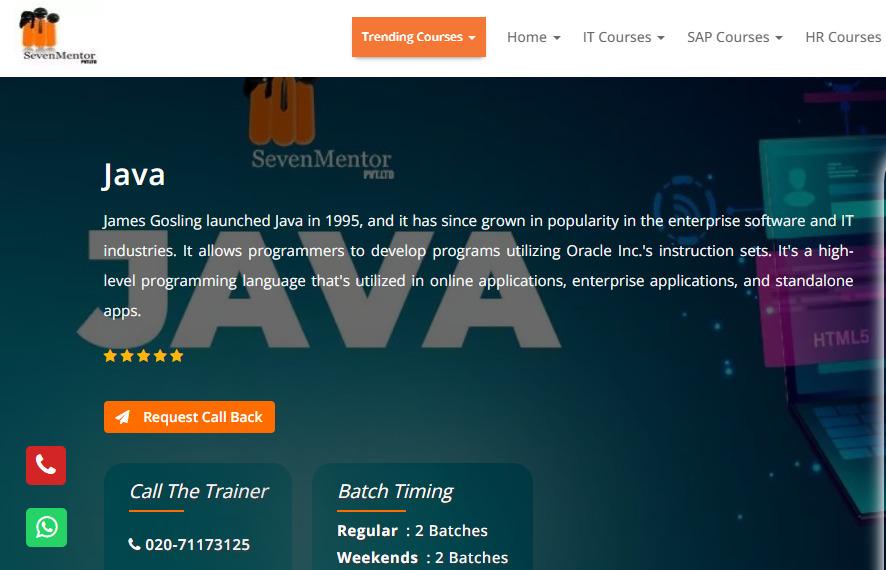Java is a widely used programming language for web development, known for its robustness, scalability, and platform independence. When it comes to building web applications in Java, there are several key components and frameworks that developers rely on to streamline the development process and enhance the functionality of their applications. Let's explore some of these components and frameworks in detail.
Java Servlet API: The Java Servlet API provides the foundation for building web applications in Java. It allows developers to handle requests and responses, manage session data, and perform various other web-related tasks. Servlets are Java classes that extend the functionality of web servers, enabling the dynamic generation of web content.
JavaServer Pages (JSP): JSP is a Java technology that allows developers to embed Java code within HTML pages, making it easier to generate dynamic content. With JSP, developers can separate the presentation logic from the business logic, enabling better maintainability and code reusability.
Visit Java Classes in Pune
JavaServer Faces (JSF): JSF is a component-based web framework that simplifies the development of user interfaces for Java web applications. It provides a set of reusable UI components and a powerful event-driven programming model, allowing developers to create rich and interactive web interfaces with ease.
Spring Framework: Spring is a popular Java framework that offers a comprehensive programming and configuration model for building enterprise-grade web applications. It provides features such as dependency injection, aspect-oriented programming, and declarative transaction management, making it easier to develop scalable and maintainable web applications.
Hibernate: Hibernate is an object-relational mapping (ORM) framework that simplifies database access in Java web applications. It allows developers to map Java objects to database tables and perform CRUD (Create, Read, Update, Delete) operations using object-oriented techniques, eliminating the need for writing complex SQL queries.
Apache Struts: Apache Struts is a framework for developing MVC (Model-View-Controller) based web applications in Java. It provides a structured approach to application development, separating the presentation layer (View), business logic (Controller), and data access layer (Model). Struts also offer features like form validation, input handling, and internationalization.
Visit Java Course in Pune
Java Persistence API (JPA): JPA is a standard API for object-relational mapping in Java. It provides a consistent and vendor-independent way to interact with databases using Java objects. JPA implementations, such as Hibernate, simplify database operations and enable developers to focus on business logic instead of dealing with low-level SQL queries.
Apache Maven: Maven is a build automation and dependency management tool widely used in Java web development. It provides a structured way to define project dependencies, manage project configurations, and automate the build process. Maven simplifies the management of libraries and external dependencies, making it easier to maintain and update web applications.
Apache Tomcat: Tomcat is a popular open-source web server and servlet container for Java web applications. It provides a runtime environment for running Java-based web applications and supports the execution of Java servlets and JSP pages. Tomcat is lightweight, easy to configure, and widely used for deploying Java web applications.
These are some of the key components and frameworks used in Java web development. Each of these tools and frameworks plays a crucial role in different aspects of web application development, ranging from handling requests and managing databases to building user interfaces and automating the build process. By leveraging these components effectively, developers can create robust, scalable, and feature-rich web applications in Java.
Visit Java Training in Pune
